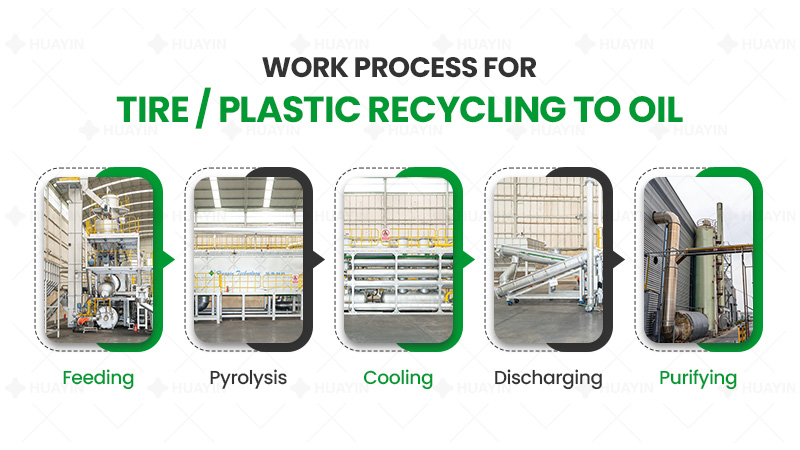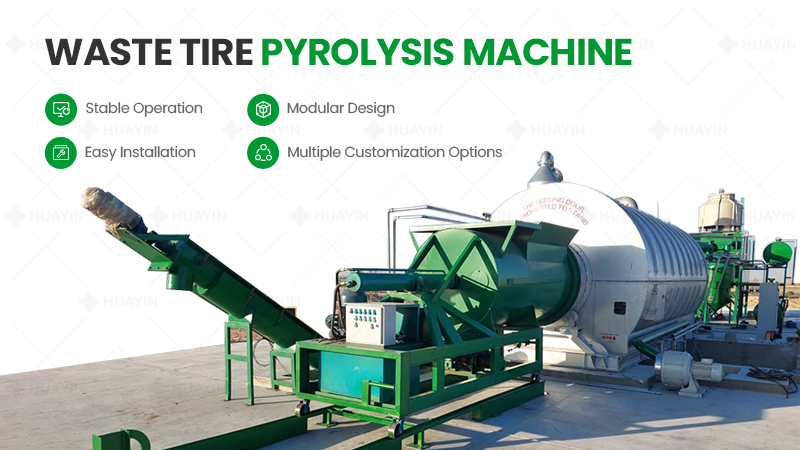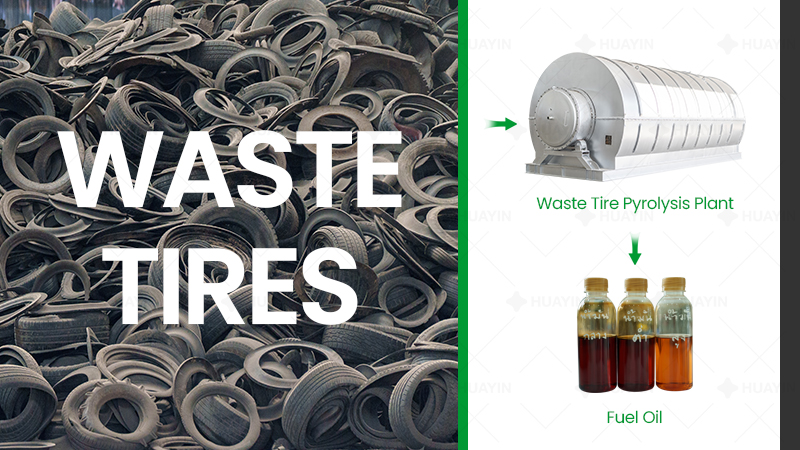
Due to the characteristics and composition of waste plastic, it is easy to stick to the inner wall of the furnace as the temperature gradually increases during the pyrolysis process. Coking and sticking to the wall will form over time. Once there are coking layers in the furnace, the flame can only heat the steel plate continuously, and it is difficult to transfer heat to the inside of the material, resulting in slow heating and cooling, and reduced furnace capacity. More seriously, it will lead to the failure to reach the pyrolysis temperature, resulting in production failure and other safety problems. Regular manual decoking is required, which is not only time-consuming and labor-intensive but also results in reduced production efficiency. If the cleaning method is improper, it is easy to cause deformation and bulging of the furnace, which will also cause safety hazards.
Here are the methods to prevent coking and sticking to the wall in plastic pyrolysis: First, adding a decoking device to the furnace; second, adopting stainless steel to make the furnace effectively reduce the phenomenon of plastic coking, and can also extend the service life of the furnace; third, confirm whether the feedstock contains acidic plastics, which can be screened out in advance.
Preventing coking and wall sticking is mainly from the perspective of safety, followed by product benefits. Safety is the key to the long-term and stable operation of waste plastic pyrolysis.



